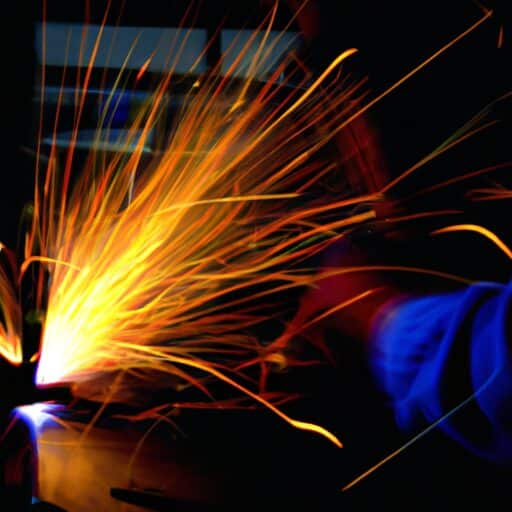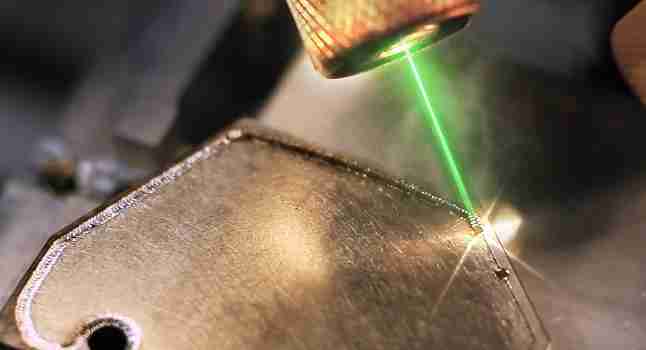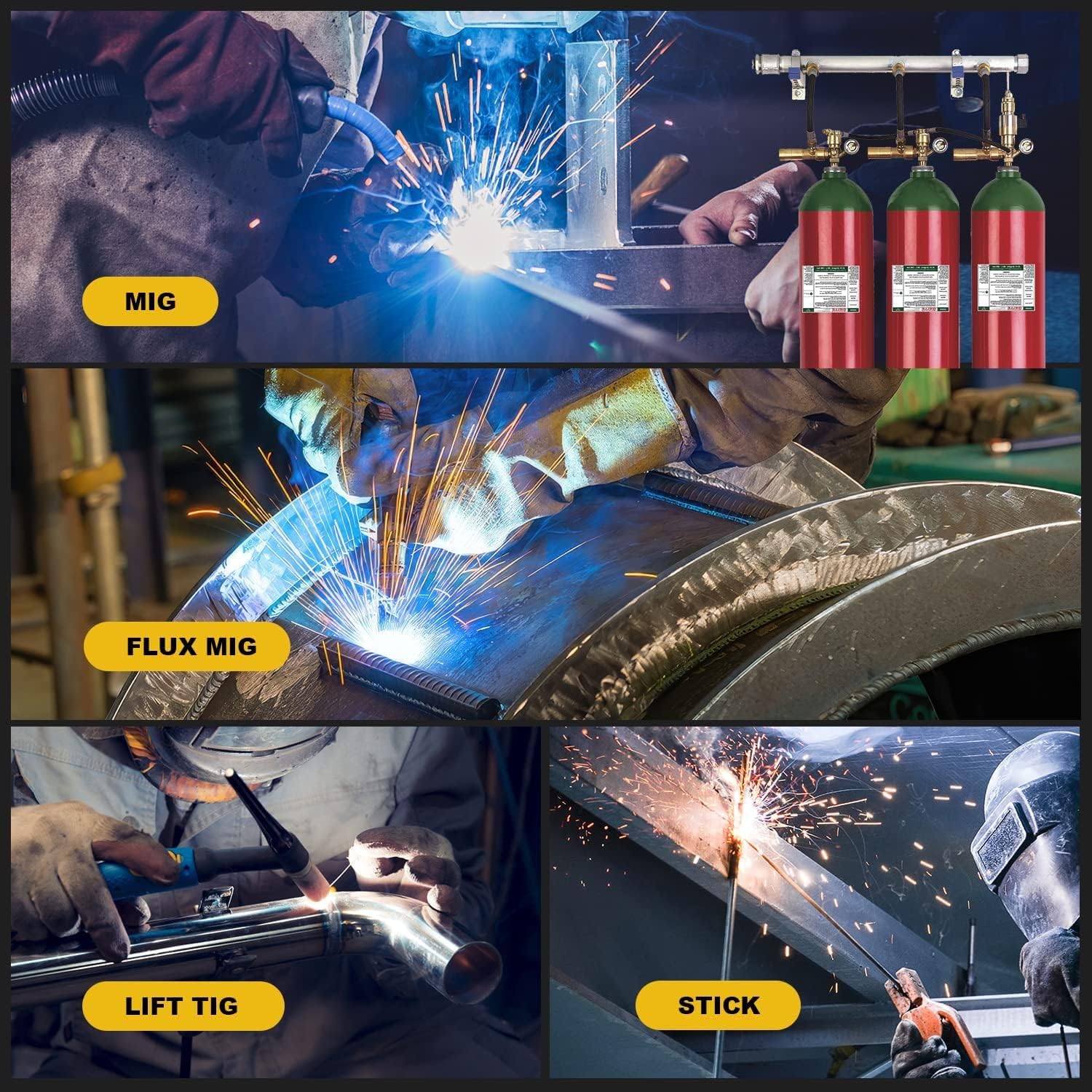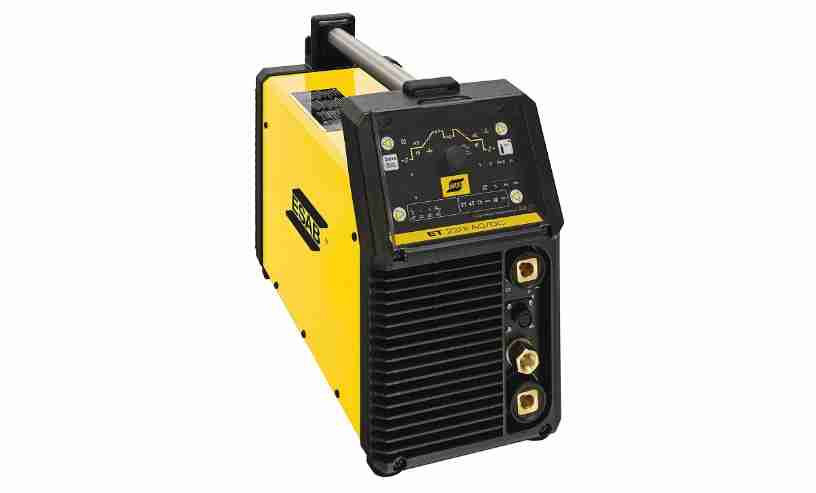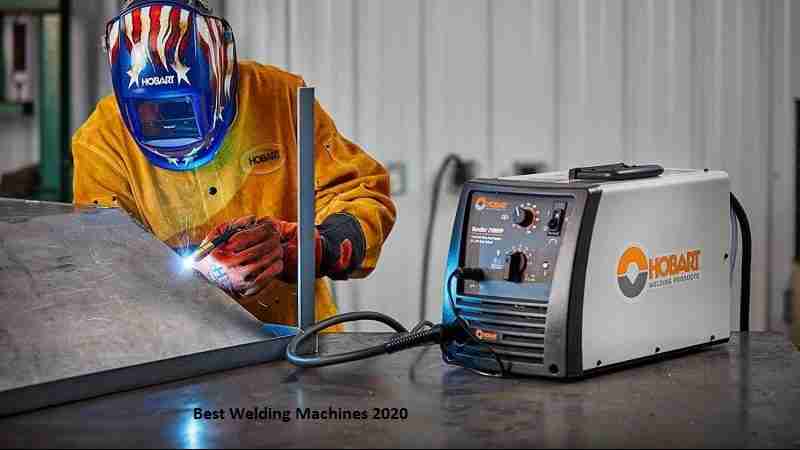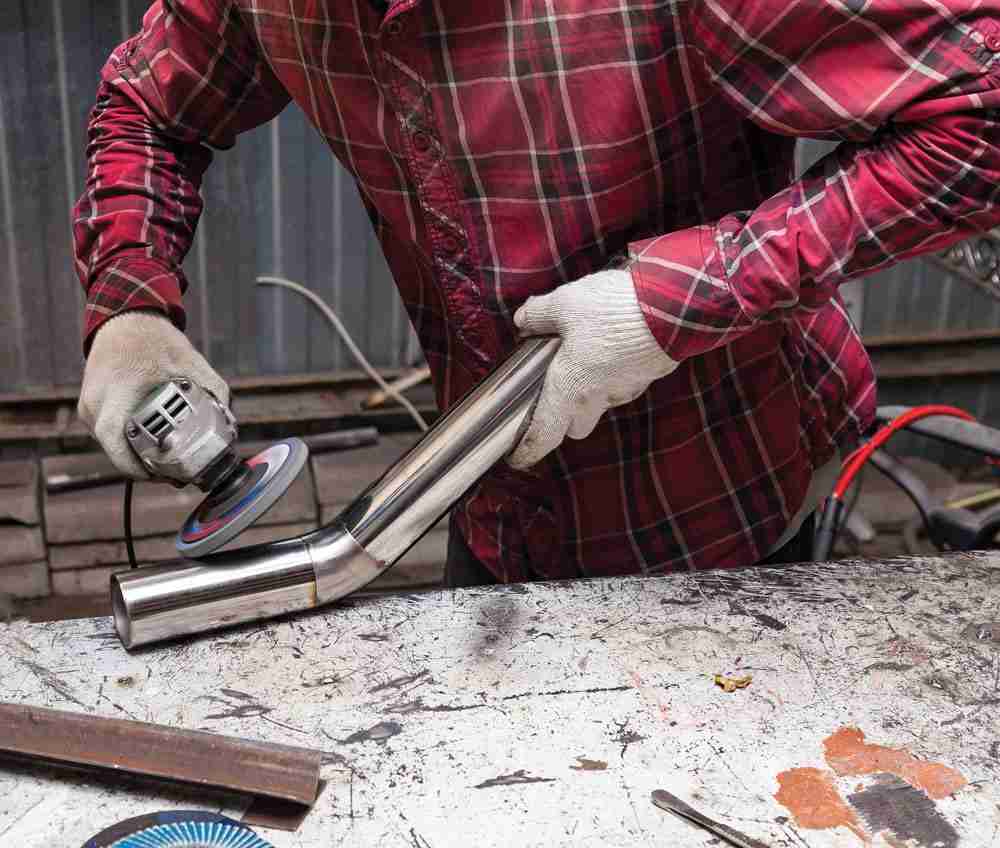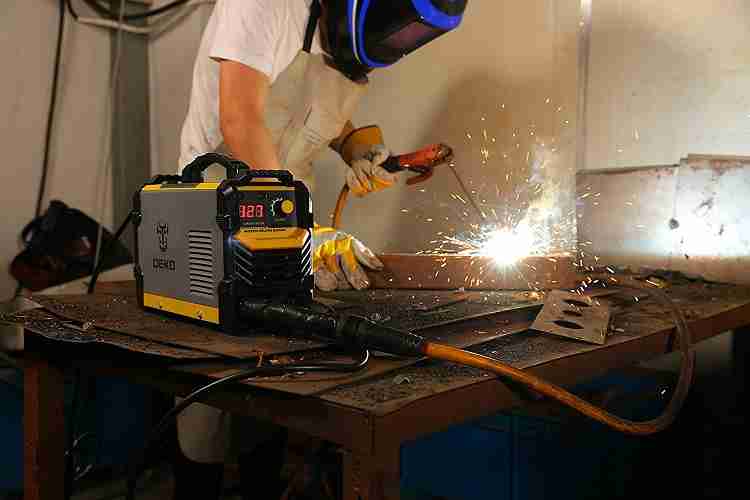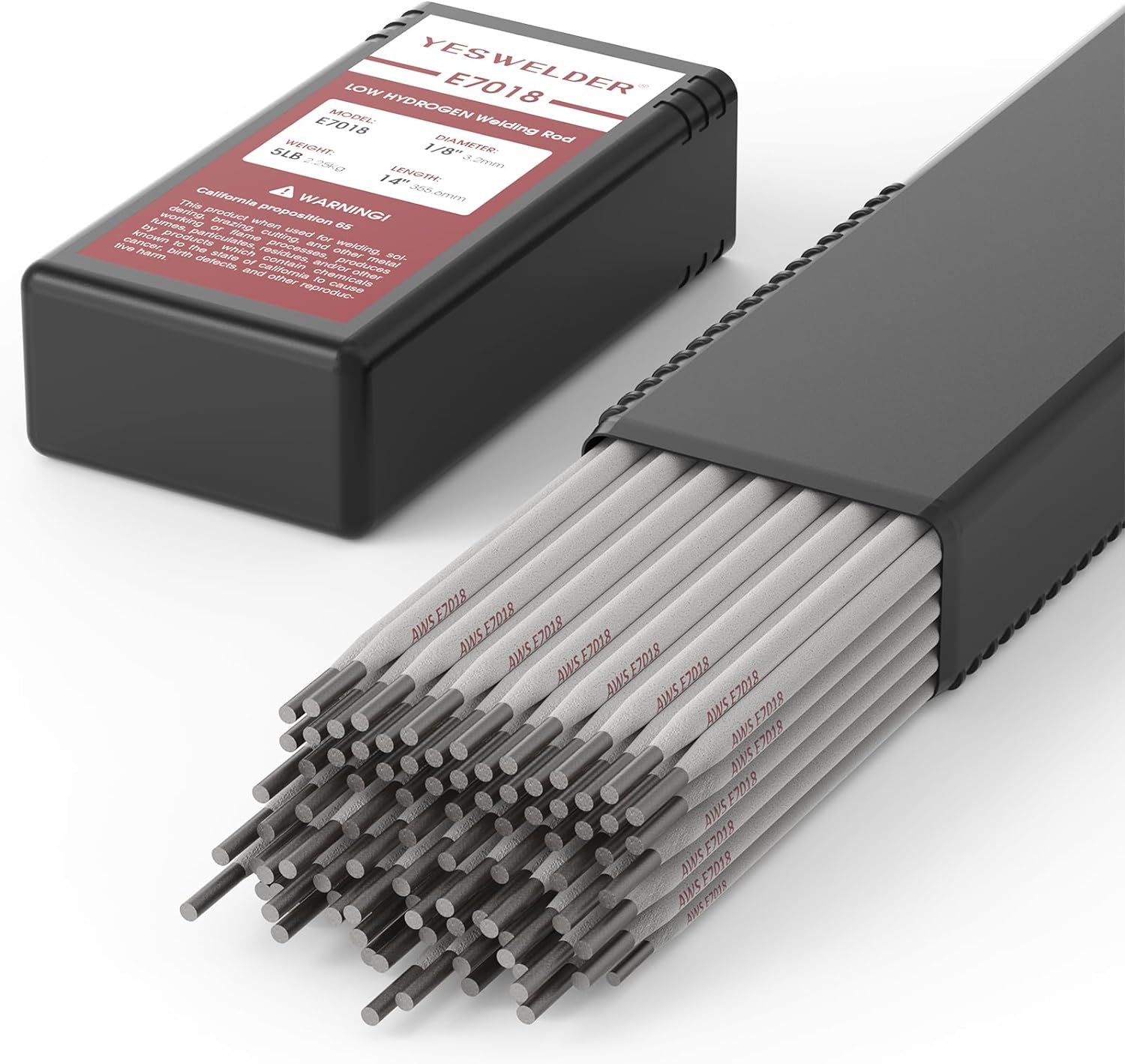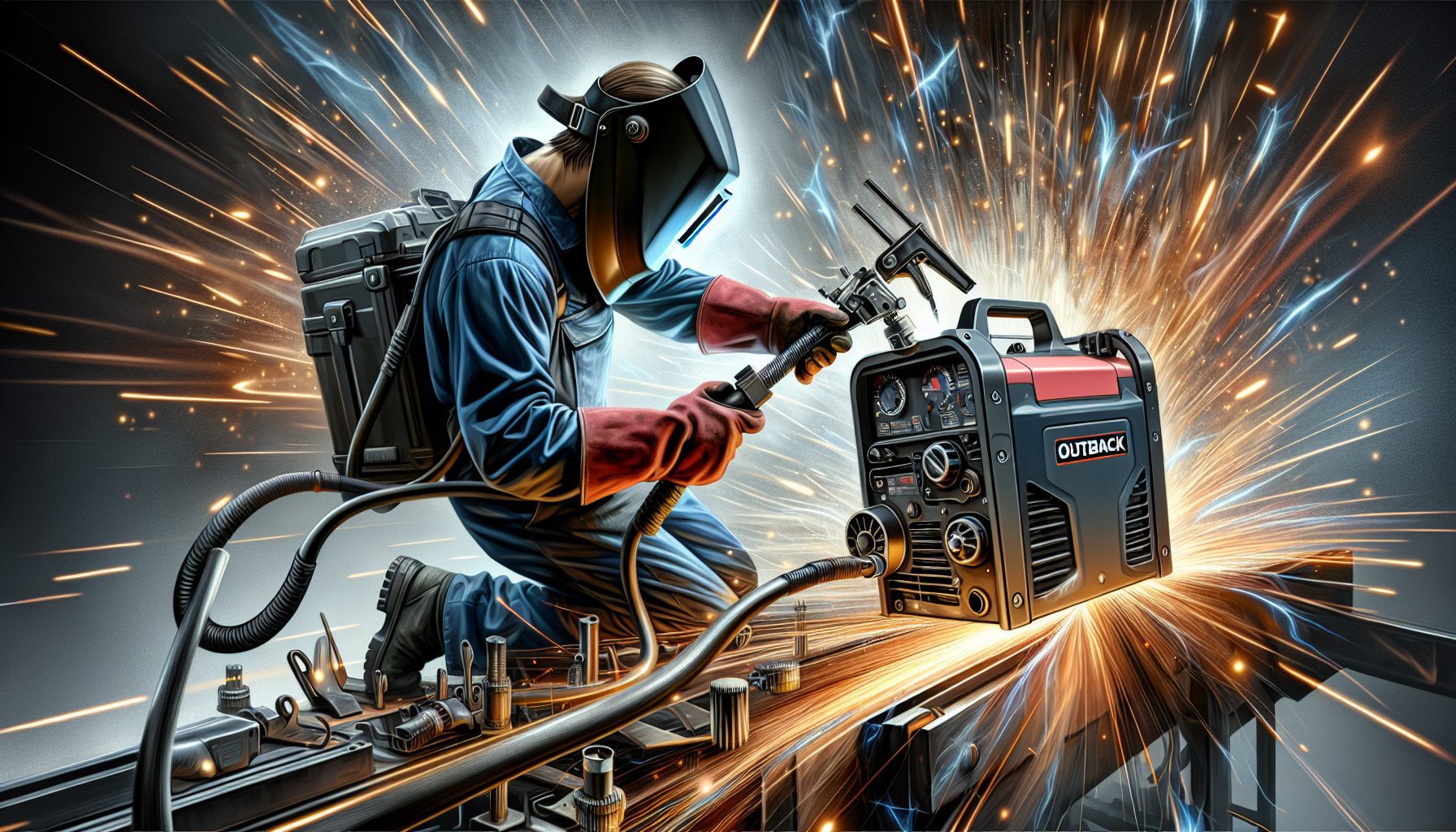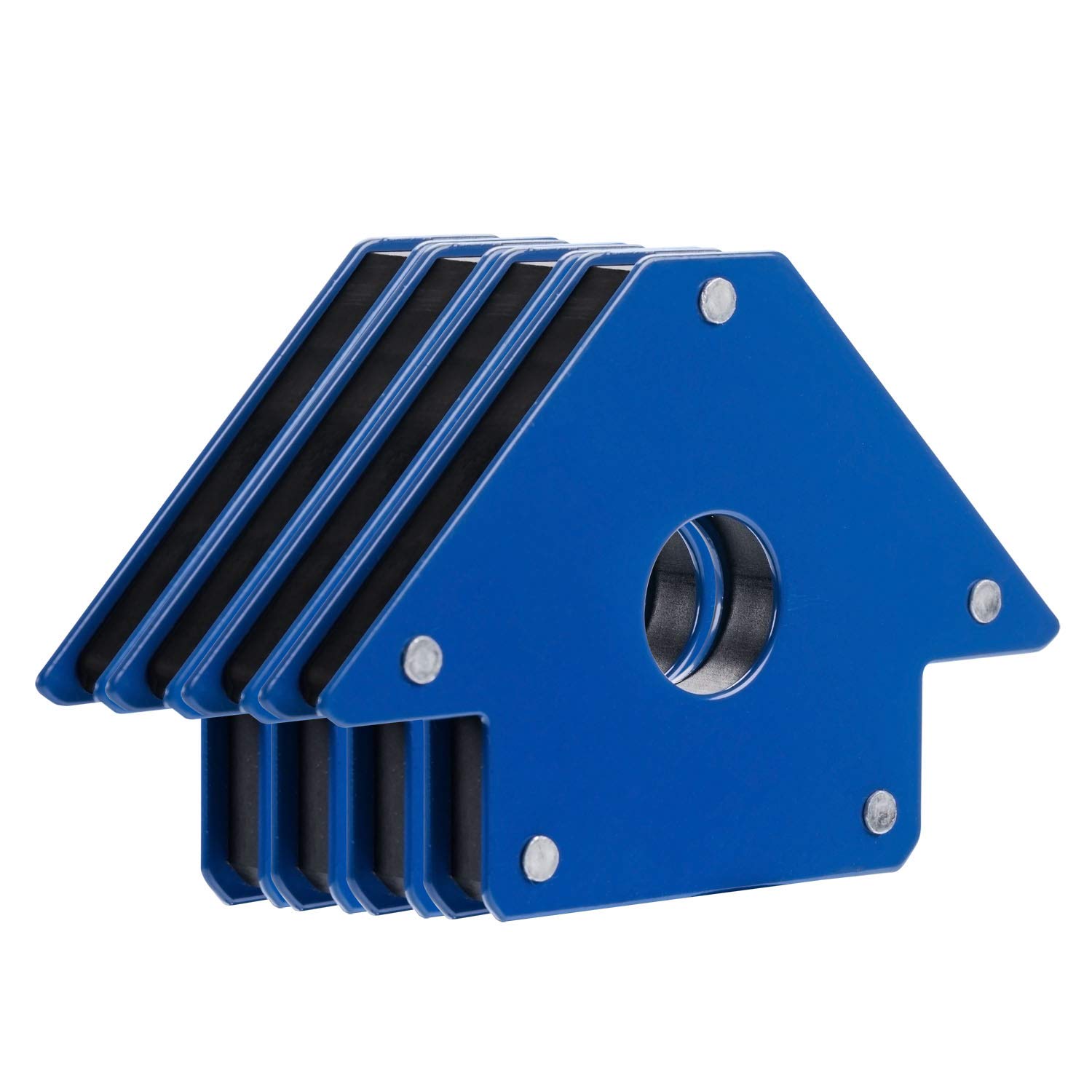In the world of welding, there’s a term that goes by the name “duty cycle” – a concept that plays a crucial role in determining the efficiency and effectiveness of welding machines. But what exactly does it mean? Well, let us break it down for you. Duty cycle refers to the amount of time a welding machine is able to operate within a specific time frame without overheating. It’s essentially a measurement of how much welding time you can get out of a machine before it needs to cool down. Understanding the duty cycle of a welding machine is not only important for ensuring the longevity of the equipment, but also for achieving high-quality welds. So, let’s embark on a journey to decipher this fascinating concept and unravel its significance in the world of welding.
Understanding the Basics of Duty Cycle
Overview of Duty Cycle
When it comes to welding machines, understanding the concept of duty cycle is crucial. Duty cycle refers to the amount of time a welding machine can operate at a given output level within a specific time frame. It is often presented as a percentage, indicating the ratio of welding time to rest time. Duty cycle is an important consideration for welders because it determines the machine’s capability to handle continuous welding without overheating or causing damage.
Definition of Duty Cycle
Duty cycle, in the context of welding machines, is defined as the percentage of a welding machine’s operating time that it can be used within a 10-minute period without overheating. For example, if a welding machine has a duty cycle of 60% at 200 amps, it means that it can be used for six minutes continuously, while it needs four minutes of rest to cool down. The duty cycle rating provides welders with important information regarding the machine’s capacity and limitations.
Importance of Duty Cycle in Welding Machines
The duty cycle of a welding machine is a critical factor to consider. This rating helps welders determine the suitable applications and workloads for the machine. By understanding the duty cycle, welders can make informed decisions about the duration and intensity of their welding operations. Adequate consideration of duty cycle ensures that the welding machine can handle the required workload effectively and prevents overheating or damage. Ignoring duty cycle can lead to inefficient welding and increased downtime due to equipment failure.
Factors Affecting Duty Cycle
Current Capacity
The current capacity of a welding machine is one of the primary factors that affect its duty cycle. Higher current outputs typically result in lower duty cycles. This is because the heat generated by higher currents places greater stress on the machine’s components, reducing its ability to operate continuously. It is essential to select a welding machine with a current capacity that matches the intended welding applications to ensure a sufficient duty cycle.
Heat Dissipation
Heat dissipation plays a crucial role in determining the duty cycle of a welding machine. When a welding machine operates, it generates heat that needs to be dissipated effectively to prevent overheating. The design, construction, and components of a welding machine impact its ability to dissipate heat. Machines with efficient cooling systems, such as built-in fans or liquid cooling, tend to have higher duty cycles by effectively managing heat dissipation.
Cooling System
The cooling system of a welding machine is directly related to its duty cycle. Proper cooling ensures that the machine can maintain a stable operating temperature and prevent overheating. Welding machines equipped with effective cooling systems, such as fans or liquid cooling, have a higher duty cycle as they can cool down efficiently during the rest period. Inadequate cooling systems can lead to decreased duty cycles, as the machine may overheat and require longer cooling periods.
Ambient Temperature
The ambient temperature in the welding environment also plays a role in determining the duty cycle. Higher ambient temperatures can increase the strain on a welding machine, reducing its ability to operate continuously. It is important to consider the ambient temperature when selecting a welding machine and factor it into the duty cycle calculations. Working in extreme temperatures may require lower duty cycle limits to prevent overheating.
Interpreting Duty Cycle Ratings
Understanding Duty Cycle Rating
Duty cycle ratings are crucial pieces of information that can guide welders in selecting the right welding machine for their projects. These ratings typically appear as percentages and indicate the amount of time a welding machine can operate within a 10-minute window. For example, a duty cycle rating of 60% means that the machine can be operated for six minutes continuously before requiring a four-minute rest period for cooling.
Interpreting Duty Cycle Percentage
Interpreting the duty cycle percentage is important to ensure that welders use the welding machine within its limitations and avoid overheating or damage. Understanding the duty cycle percentage allows welders to determine the appropriate duration and intensity of their welding operations. A higher duty cycle percentage indicates a higher capacity for continuous welding, while a lower percentage suggests the need for shorter welding periods or longer rest times.
Matching Duty Cycle to Welding Projects
Matching the duty cycle of a welding machine to the welding projects at hand is crucial for efficient and safe operations. For shorter welding projects or intermittent use, a lower duty cycle machine may be suitable. However, for longer durations of continuous welding, a higher duty cycle machine is required. By understanding the duty cycle and matching it to the specific welding projects, welders can ensure seamless and uninterrupted operations.
Calculating Duty Cycle
Determining On-Time and Off-Time
To calculate the duty cycle of a welding machine, it is necessary to determine the on-time and off-time. The on-time refers to the duration of continuous welding while the off-time is the rest period required for cooling. For example, if the on-time is six minutes and the off-time is four minutes, the duty cycle is calculated by dividing the on-time by the sum of the on-time and off-time. In this case, it would be six divided by (six plus four), resulting in a duty cycle of 60%.
Calculating Duty Cycle Percentage
Once the on-time and off-time are determined, calculating the duty cycle percentage is straightforward. The duty cycle percentage is obtained by multiplying the duty cycle value (expressed as a decimal) by 100. Using the previous example of a duty cycle of 60%, multiplying 0.6 (the decimal representation of 60%) by 100 gives us a duty cycle percentage of 60%.
Extending Duty Cycle
Enhancing Heat Dissipation
To extend the duty cycle of a welding machine, it is essential to improve heat dissipation. Upgrading to a welding machine with a more efficient cooling system can help dissipate heat more effectively, allowing for longer periods of continuous welding. Additionally, ensuring proper airflow around the machine, avoiding blockages, and cleaning cooling components regularly will contribute to enhanced heat dissipation and a higher duty cycle.
Increasing Cooling System Efficiency
Optimizing the cooling system of a welding machine can significantly impact its duty cycle. Enhancing the efficiency of the cooling system can be achieved by installing additional fans or upgrading to liquid cooling systems. These improvements help to dissipate heat more effectively, reducing the thermal stress on the machine and allowing it to operate for longer periods without overheating.
Optimizing Welding Technique
An often overlooked aspect of extending duty cycle is optimizing the welding technique. By fine-tuning the welding technique, welders can reduce the overall heat input, thus reducing the workload on the machine. Techniques such as pulse welding or using lower amperages can help achieve the desired weld quality while keeping the heat generation at a minimum. This allows the machine to operate longer without exceeding its duty cycle limitations.
Common Misconceptions about Duty Cycle
Higher Duty Cycle is Always Better
One common misconception is that a higher duty cycle is always better. While a higher duty cycle indicates a welding machine’s ability to handle longer periods of continuous welding, it does not necessarily guarantee superior performance in all situations. It is essential to consider the specific project requirements and duty cycle percentage to ensure optimal usage of the welding machine. Overestimating the requirements may result in unnecessary expenses or the selection of a machine that is not suitable for the task at hand.
Misunderstanding Duty Cycle Ratings
Another common misconception is misunderstanding duty cycle ratings. Some individuals may assume that a higher duty cycle rating implies better overall machine performance or durability. However, duty cycle ratings are specific to each welding machine and should be evaluated in conjunction with other factors, such as current capacity and heat dissipation. Blindly relying on duty cycle ratings without considering other essential aspects may lead to improper equipment selection.
Duty Cycle and Power Consumption
A misconception many people have is that duty cycle and power consumption are directly related. While it is true that higher current outputs and longer welding periods can result in increased energy consumption, duty cycle is not synonymous with power consumption. Duty cycle primarily focuses on the machine’s ability to operate continuously without overheating, whereas power consumption refers to the amount of electrical energy the machine requires to perform welding. Understanding this distinction is crucial in effectively managing both duty cycle and energy consumption.
Importance of Duty Cycle in Professional Welding
Minimizing Downtime
For professional welders, minimizing downtime is crucial to maintain productivity and meet deadlines. By selecting welding machines with suitable duty cycles, professionals can ensure seamless operations without frequent interruptions for cooling. Adequate duty cycle ratings allow for longer periods of continuous welding, reducing the amount of time spent waiting for the machine to cool down and maximizing productivity.
Maintaining Weld Quality
Consistency is key to achieving high-quality welds. Welding machines with the appropriate duty cycle prevent overheating, which can negatively impact the consistency and quality of welds. By selecting a welding machine with a duty cycle that matches the project requirements, professional welders can maintain consistent weld quality throughout their work, ensuring reliability and meeting industry standards.
Selecting the Right Welding Machine
The duty cycle is a vital consideration when selecting a welding machine for professional use. Professionals must carefully evaluate the duty cycle rating along with other essential factors like current capacity, cooling system efficiency, and intended applications. By selecting the right welding machine with an adequate duty cycle, professional welders can effectively handle their workloads, avoid equipment failures, and achieve optimal results.
Safety Considerations for Duty Cycle
Avoiding Overheating
One of the primary safety considerations related to duty cycle is avoiding overheating. When a welding machine operates beyond its duty cycle limitations, it can overheat, potentially causing damage or even posing a fire hazard. Overheating can lead to equipment failure, compromising the weld quality and the safety of the welder. Staying within the prescribed duty cycle ratings and providing adequate rest periods for cooling are essential safety measures to avoid overheating.
Preventing Welding Machine Damage
Exceeding the duty cycle of a welding machine can cause significant damage. Overheating can lead to the degradation of electrical components, insulation, or cooling systems, resulting in equipment failures. Regular maintenance and adherence to duty cycle restrictions are necessary to prevent welding machine damage. Monitoring the duty cycle and ensuring proper cooling and maintenance will prolong the lifespan of the welding machine and prevent costly repairs.
Protective Gear and Equipment
In addition to monitoring duty cycle and avoiding overheating, welders must prioritize personal safety by wearing appropriate protective gear and equipment. Protective gear, such as welding helmets, gloves, and flame-resistant clothing, helps safeguard against potential hazards associated with welding operations. Following safety protocols, including proper ventilation and maintaining a safe work environment, further contributes to the overall safety of welders during welding activities.
Comparing Duty Cycles in Different Welding Machines
Comparing Duty Cycles of MIG, TIG, and Stick Welders
Different types of welding machines, such as MIG (Metal Inert Gas), TIG (Tungsten Inert Gas), and Stick welders, may have varying duty cycle ratings. MIG welders are typically known for their high duty cycle ratings, often ranging from 40% to 60% or even higher. TIG welders generally have slightly lower duty cycles, ranging from 30% to 50%. Stick welders often have lower duty cycle ratings, typically ranging from 20% to 40%. These variations depend on factors such as current capacity, cooling systems, and intended applications for each type of welding machine.
Duty Cycle Differences in Home vs. Industrial Welding Machines
The duty cycle ratings of welding machines also differ between home and industrial models. Home welding machines are often designed for lighter-duty applications and typically have lower duty cycle ratings. Industrial welding machines, on the other hand, are built to handle more demanding and continuous welding tasks, resulting in higher duty cycle ratings. The difference in duty cycle reflects the varying needs and requirements of home users versus industrial professionals, ensuring that each type of machine is suitable for its intended applications.
Summary
Understanding the basics of duty cycle is essential for welders to effectively manage their welding operations. Duty cycle, expressed as a percentage, defines a welding machine’s ability to operate continuously within a specified time frame without overheating. Factors such as current capacity, heat dissipation, cooling systems, and ambient temperature influence the duty cycle of a welding machine. Proper interpretation and calculation of duty cycle ratings allow welders to match the machine’s capabilities with specific welding projects.
To extend the duty cycle, welders can enhance heat dissipation, increase cooling system efficiency, and optimize their welding techniques. It is important to debunk common misconceptions surrounding duty cycle, such as the notion that higher duty cycles are always better or that duty cycle directly relates to power consumption. Professional welders can benefit from duty cycle considerations by minimizing downtime, maintaining weld quality, and selecting the right welding machine for their needs.
Safety considerations, including avoiding overheating, preventing welding machine damage, and using appropriate protective gear, are vital when dealing with duty cycle limitations. Comparisons of duty cycles across different types of welding machines and considerations of duty cycles in home versus industrial settings further contribute to a comprehensive understanding of this important concept.
In conclusion, duty cycle is a fundamental aspect of welding machines that should not be overlooked. By understanding, calculating, and appropriately utilizing duty cycles, welders can ensure efficient and safe welding operations while maximizing productivity and achieving high-quality welds.


